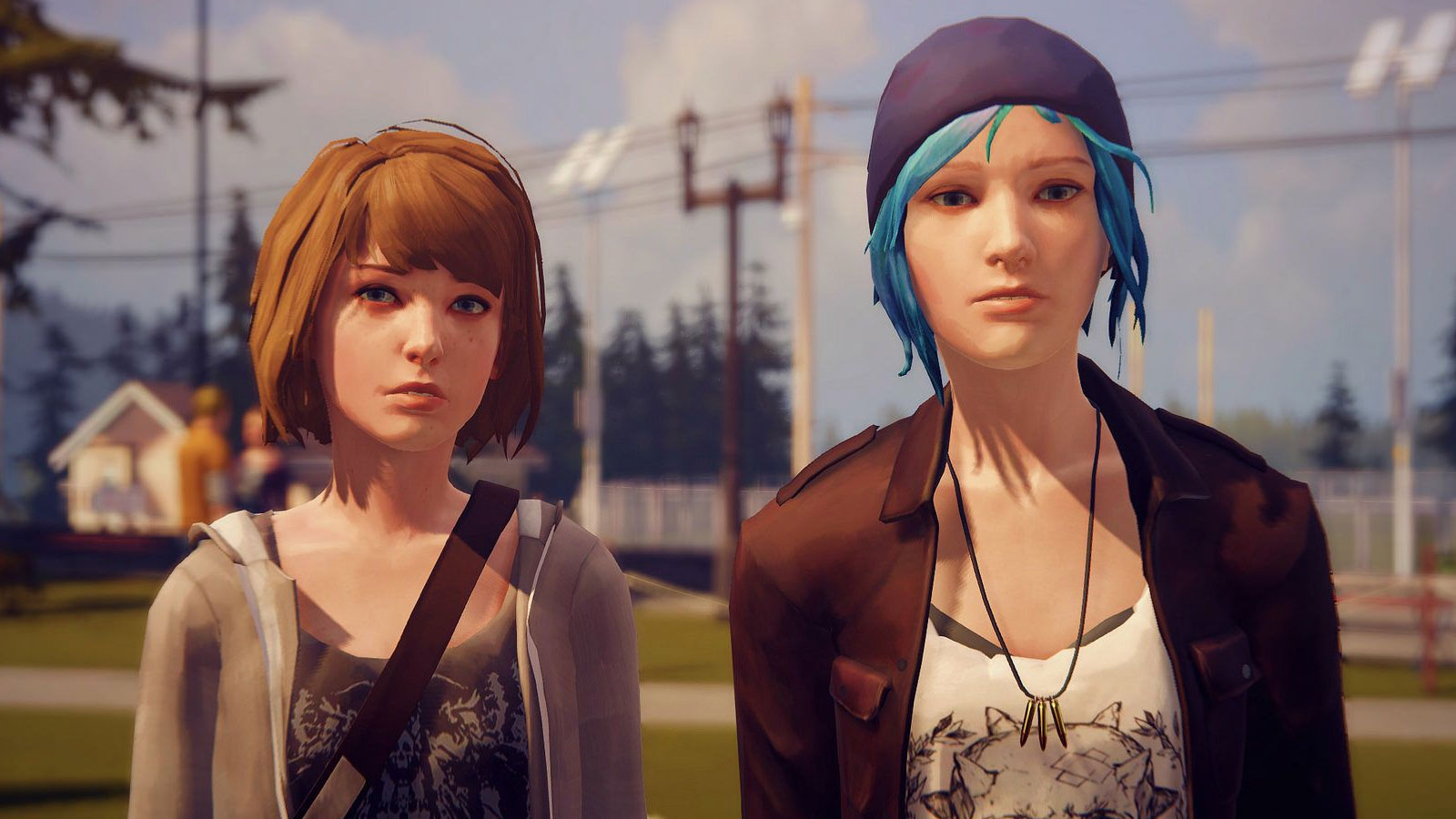Table of Contents Show
The hit adventure game “Life is Strange” is all about choices. Awakening from a disconcerting dream in the middle of class, you, an awkward teen photography student, suddenly find yourself with the strange ability to rewind time. But that’s the least of your problems. Your childhood friend’s life is in danger, and she has no idea. Plus there’s that missing person’s case that has shaken the town since last spring. Not to mention that dream you had which seemed a little too real.
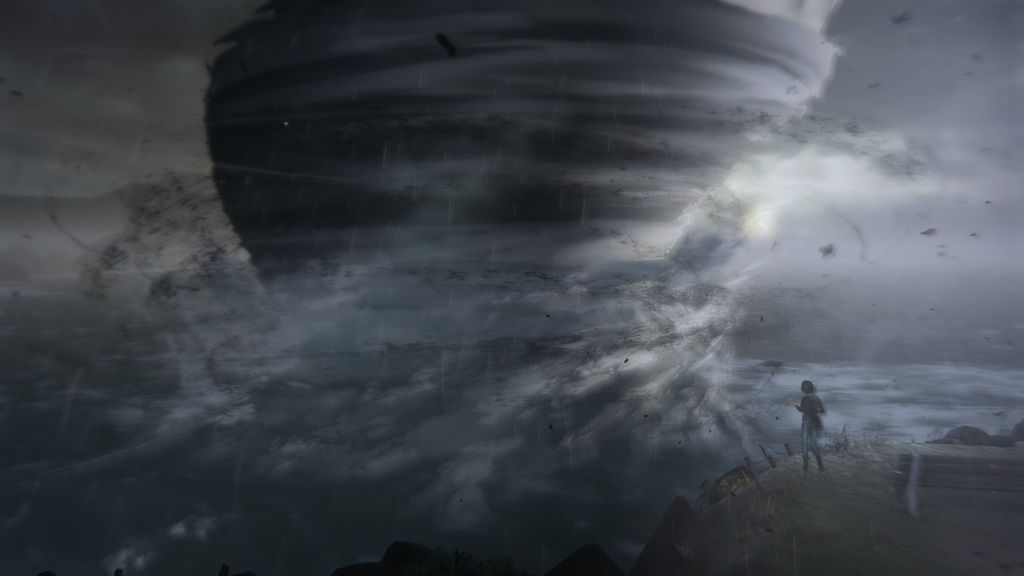
What is one shy photography nerd to do? You can warn the school principal about the attack on your friend’s life and pull out all the stops to track down the woman who went missing. Or you can take the path of least resistance and try to avoid the chaos that suddenly seems to be subsuming your life like an oncoming storm. Like in other adventure titles such as “Oxenfree” and “Grim Fandango,” each of the choices have a consequence further in the narrative.
How “Life Is Strange” Distinguishes Itself
Where “Life is Strange” distinguishes itself from other choice-based games is that it makes no illusions about the control the player has over the consequences of their decisions. While save files have always served as a way for gamers to backtrack on their choices, rewinding time deliberately skips the tedium of replaying parts of the story that bear no relevance to the problem decision. In short, what was always tacitly known becomes mechanically acknowledged. What would you do in a world where everything is (at least for a few minutes) utterly impermanent?

The immediate answer to this question is to always make the ‘right’ choice. But the developers of “Life is Strange” have clearly anticipated this and crafted each narrative decision in a way that there is no clear cut ‘answer,’ at least not until much later in the game. Individual protagonists may manipulate a pivotal moment in order to gain the outcome that most suits their own personality but, save for scrolling through an online playthrough, they have no way of telling how their choices will affect their future. No, the game’s time rewind mechanic shines in the most unlikely of places: small talk.
Second Chances In “Life Is Strange”
Chances are, if you’re not some kind of mind reader or a bard with a +9 persuasion modifier, you’ve been in a conversation where you wish you could just rewind time and start all over again. Maybe you slipped up and your words didn’t come out the way you meant to. Maybe you felt like you were just treading water and you couldn’t communicate with the other person the way you wanted. Or maybe you just couldn’t get a word in edgewise. You certainly wouldn’t be the only one.
Moments after “Life is Strange” introduces Max, the protagonist whose shoes you’re temporarily filling, you are set loose in a hallway, filled with intriguing posters, and dozens of Max’s peers…which you can talk to approximately none of. Instead of initiating a conversation, Max will provide you with a short assessment of the student you’re currently examining. There almost seems to be some kind of invisible barrier holding you back from talking to the other students. From the developers’ perspective, this makes a lot of logistical sense. You haven’t yet received the time-rewind power that will govern a lot of your future interactions. But it’s far more interesting to look at the scenario from Max’s point of view.
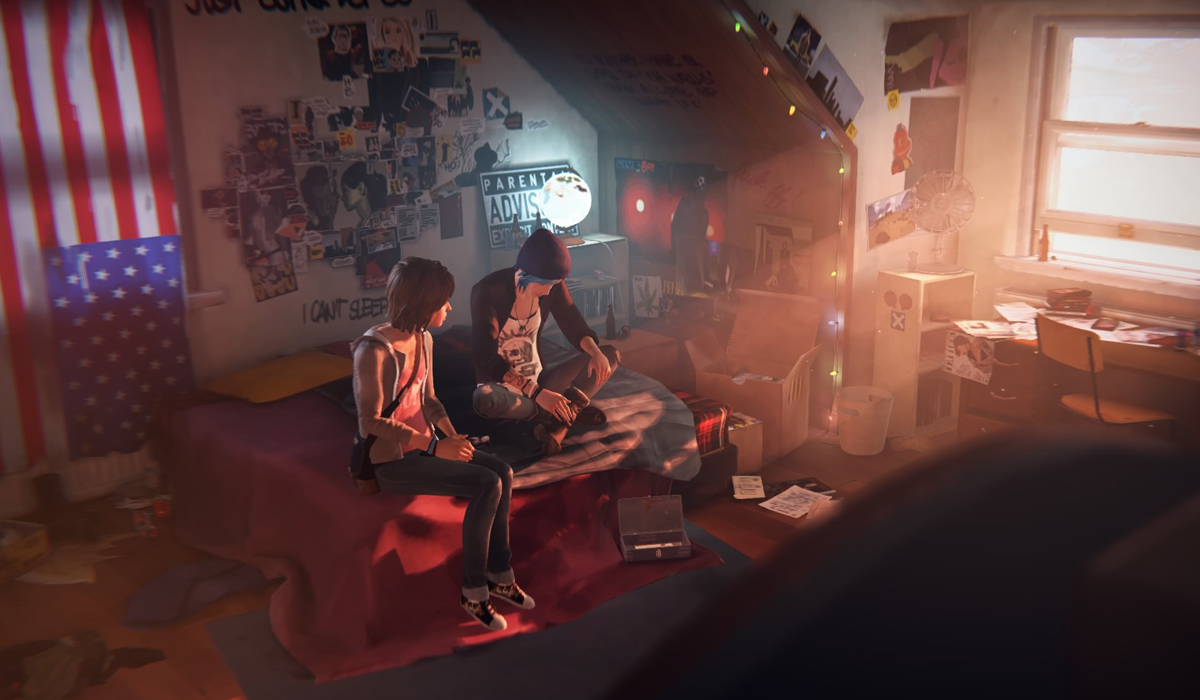
Max Caulfield is already the new kid at her school, which also happens to be an extremely prestigious art academy. Judging by her fellow students’ reactions when she talks with them later in the game, she also leans heavily on the introverted side. She even admits that she prefers to interact with the world from the other side of a camera lens. And, though the game doesn’t confirm anything specific, Max is in an IEP (Individualized Education Program) which serves neuroatypical students. Fans have theorized that she might be somewhere on the autism spectrum or suffering from an anxiety disorder, both things that make communication with her fellow classmates more difficult.
Max Caulfield’s PoV
That invisible barrier that only seems to serve to curtail the player’s experience means something more to Max. It is a physical expression of her own paralyzing anxiety. And, in the first few moments of the game, said expression holds you hostage just as much as her. This is no accident. The developers of “Life is Strange” go through a lot of trouble to make the game’s setting feel authentic. Though through the controls you can influence Max’s choices, you are still bound by the confines of her world. This includes her mental state.
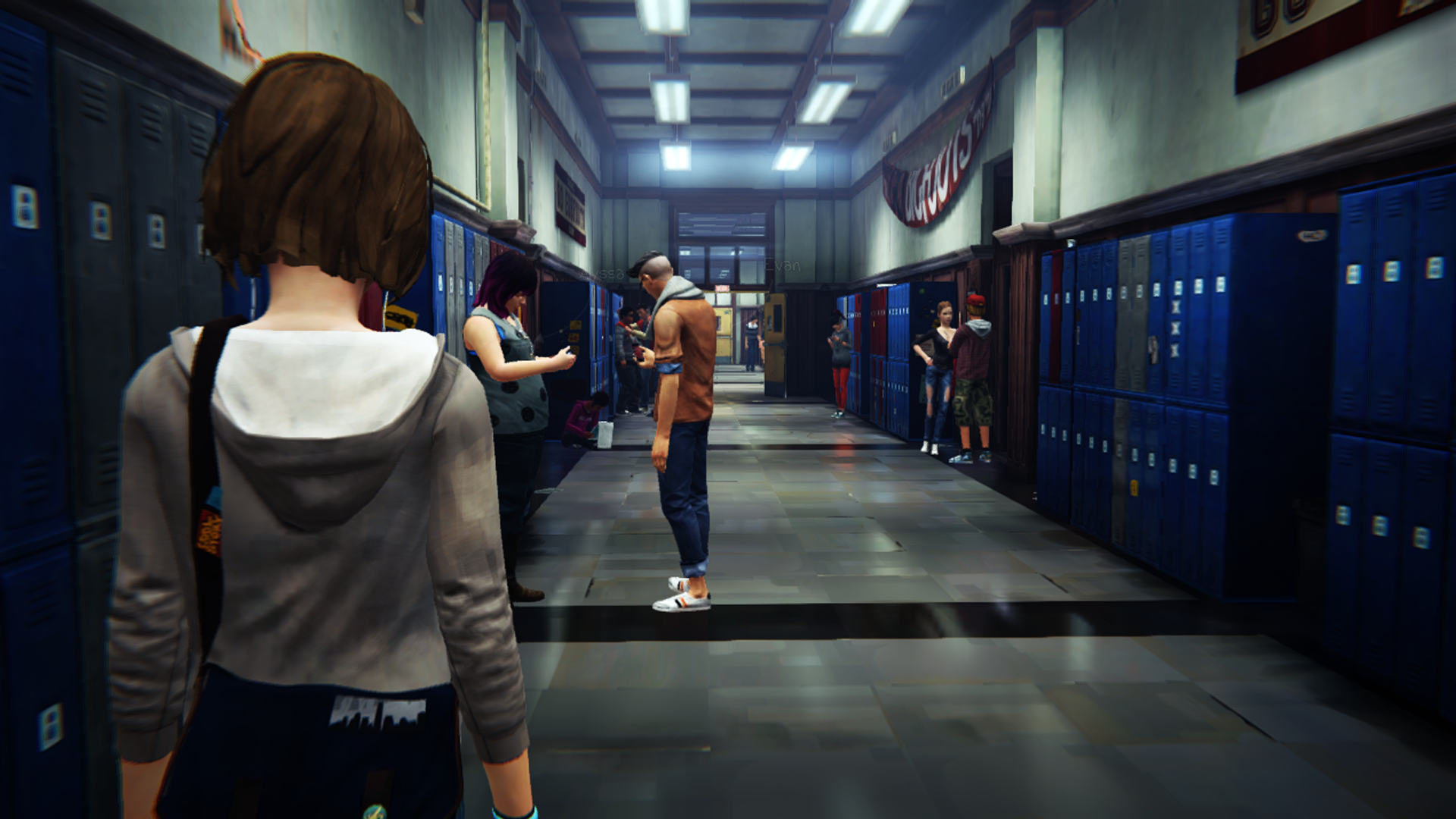
As you feel the unsparing effects of Max’s anxiety, you learn what it is like to be within her mind. She becomes much more real. After Max awakens her powers, you eventually gain the ability to interact with your fellow students. This makes sense, given that the barrier was only there in the first place because Max feared the fixed outcome of making a mistake. But with a newfound ability to rewind a few minutes, no mistake lasts forever. Awkward social situations, like answering a question wrong in front of your entire photography class or forgetting someone’s name, can be rewound. In other words, Max Caulfield can rewrite her last save file as easily as you can.
Giving the protagonist of a video game the same time-altering power as the player changes the atmosphere of that game quite drastically. But more than that, it indelibly changes the protagonist herself. As her story continues, Max begins to gain new confidence in her own abilities to navigate the confusing yet rewarding world of high school social life. At first glance, this confidence would seem to come from the knowledge that no flaw is fixed, no error eternal. But this doesn’t seem to actually reflect Max’s mindset throughout most of the game. In fact, her internal dialog after difficult decisions is almost always mired in self-doubt. Predictably, prolonging a choice does not make it any easier. But the leap in confidence must come from elsewhere.
The Power Of Visualization
Though the neurological wiring of the human brain causes its fair share of unfounded worry, it may also hold the secret to fighting its own demons. Visualizing a scenario is a proven method for treating everything from performance anxiety to pre-speech jitters. Neurologically speaking, because the brain can find no difference between actions that a person sees and actions that they physically perform, visualization can trick your mind into seeing the intimidating as trivial. This makes it effective in treating disorders which do the inverse, turning the trivial to intimidating.
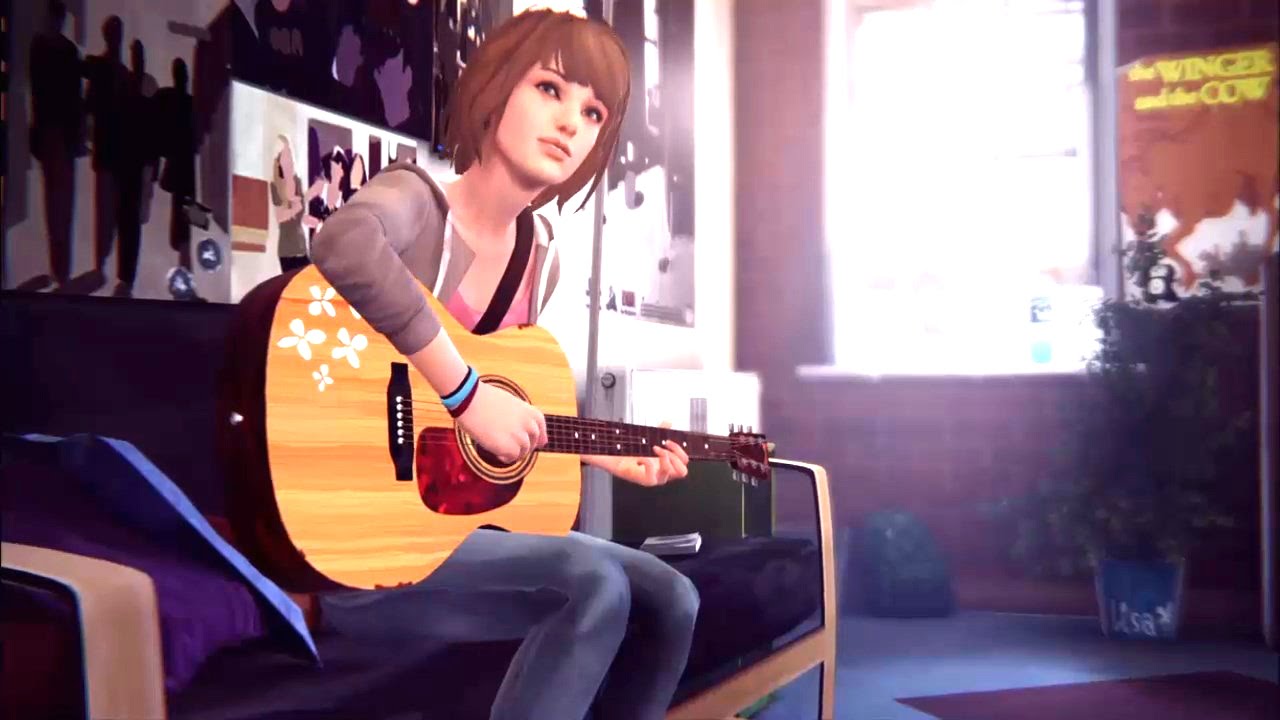
While time-rewind superpowers and visualization aren’t exactly the same thing, they are a great deal alike. Rewinding conversations creates an arena for Max to test her social skills without the threat of the results bleeding into real life. Visualization does the same for its users. More importantly, the brain sees both the rewound conversation and mental image as completely genuine. By encountering the same ‘real’ exchange again and again with no threat of failure, Max’s brain will begin to desensitize itself to social situations while building a record of repeated success. And that is what’s causing her self-assurance to grow.
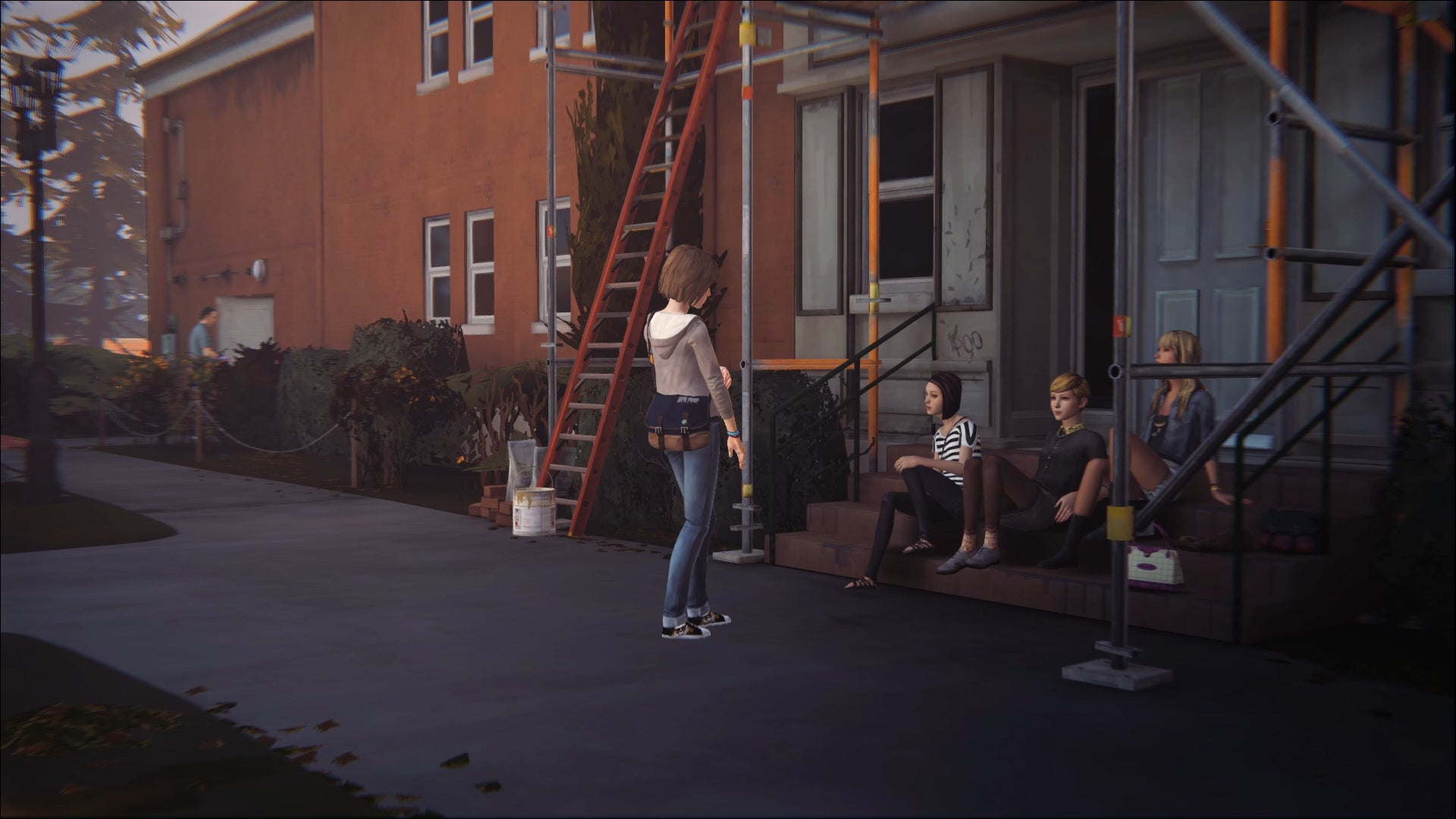
But while Max gains confidence in her ability to connect with others, “Life is Strange” may be working a similar magic on its players. Though perhaps not as well-known as visualization or nearly as cool as the ability to turn back time, playing through a conversation in a video game offers gamers a similar chance to hone their social skills with no real-life relationships on the line. What’s more, success is guaranteed simply by virtue of having access to a save file, which increases the gamer’s self-efficacy in social situations.
Particularly players who share Max’s fears– of being scorned, laughed at, or simply insufficient–can find some benefit from the visualization involved in playing a game. By returning to the engaging narrative of “Life is Strange” time and time again, they are doing more than just finding entertainment. It’s against conventional knowledge, sure, but “Life is Strange” may actually improve the player’s social life.
From Game To Life
The last moments of “Life is Strange” feel impossibly like saying goodbye to an old friend. She may never have known it, but you were by Max’s side the entire time, laughing with her, feeling her rage, and at times even sharing her tears. You not only watched as she grew from a shy and awkward photography student to a courageous heroine. You were part of her journey. And even in the smallest, most seemingly insignificant ways: finding common ground with a friend or comforting an enemy, her experiences can help you be better.
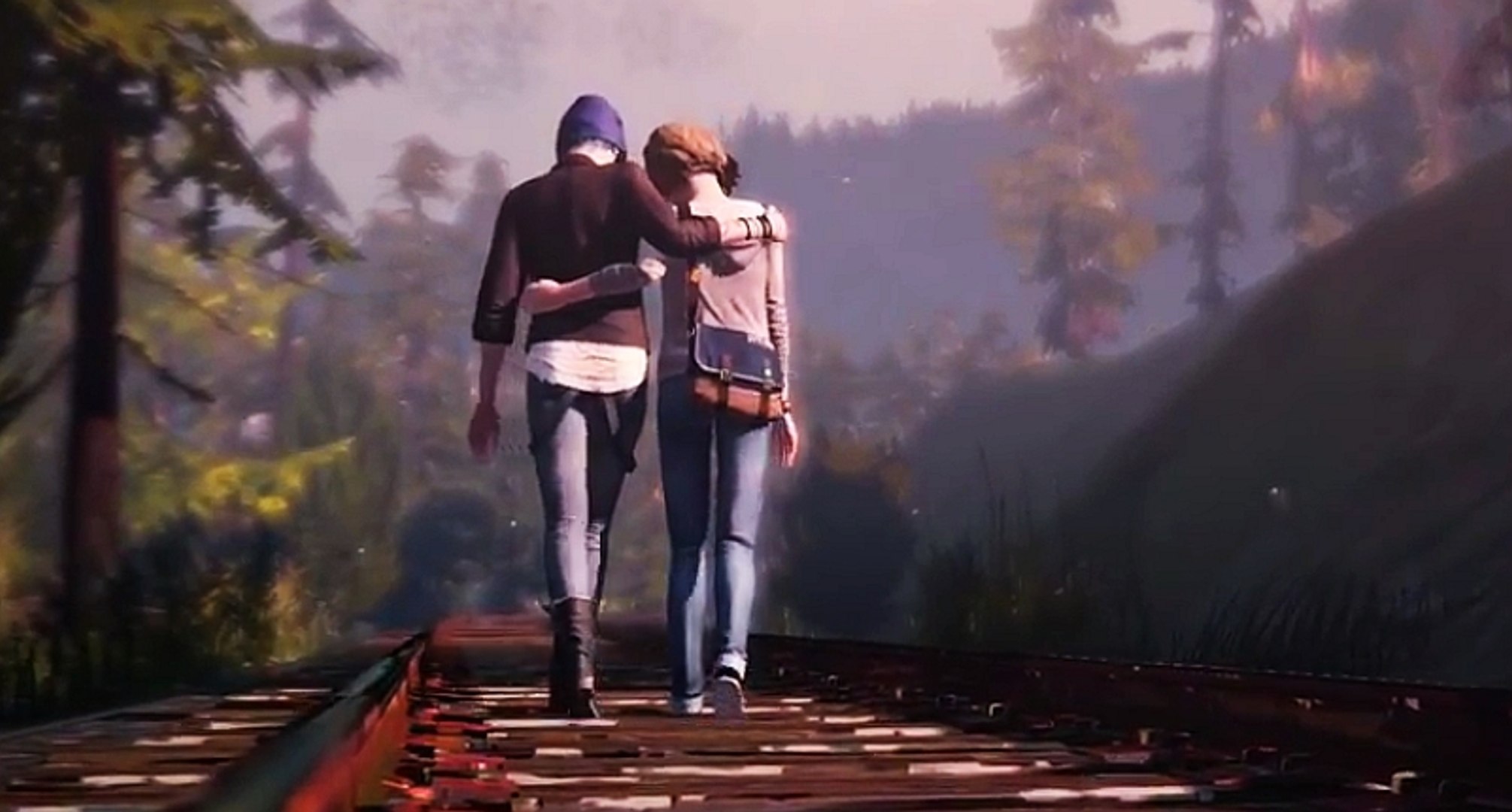
Though “Life is Strange” may be about the choices that you make as Max Caulfield, what you learn in playing the game is just as relevant to the choices you make as yourself.
